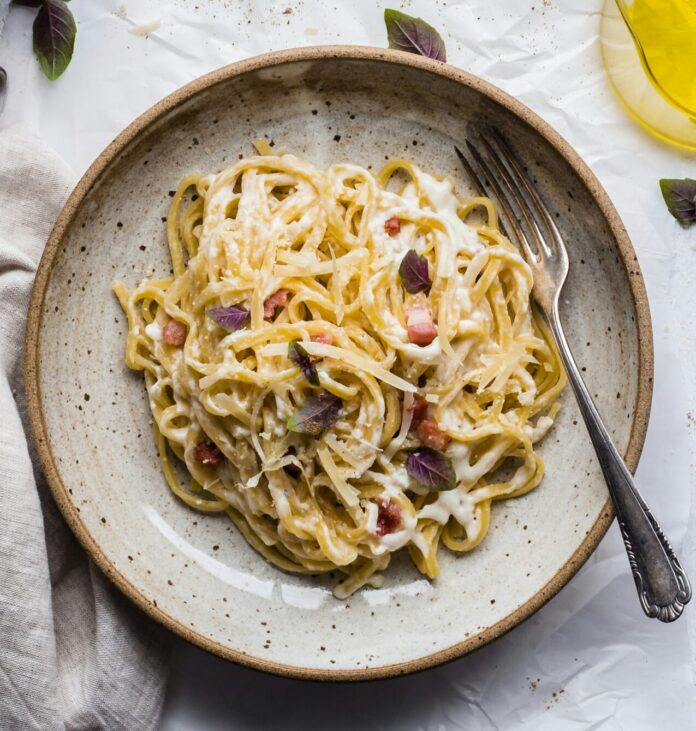When it comes to Italian food, there’s a special place for the simple yet iconic pastas of Rome. These four dishes, built on a foundation of fresh ingredients and bold flavors, have not only shaped Roman cuisine but also left an indelible mark on Italian food culture as a whole. Let’s take a look.
Cacio e Pepe
The name translates simply to “cheese and pepper,” and this minimalist approach reveals the beauty of this dish. High-quality Pecorino Romano cheese and freshly ground black pepper create a sauce that clings to pasta. No butter or cream needed!
Gricia
Building on cacio e pepe, gricia adds in cured pork jowl. Rendered until crispy, its smoky fat becomes the base of the sauce. This dish is a precursor to Carbonara, but a bit simpler in the ingredient list
Amatriciana
Amatriciana adds tomatoes to the Roman palette. The sauce, a mix of guanciale, Pecorino Romano, and tomatoes, offers a salty-sweet balance that complements the pasta and creates a flavorful dish.
Carbonara
And finally, Carbonara, the most celebrated Roman pasta. This dish introduces eggs to the Gricia base for a silky sauce. Again, you have the guanciale, Pecorino, and a dash of black pepper to create a rich, flavorful dish.











